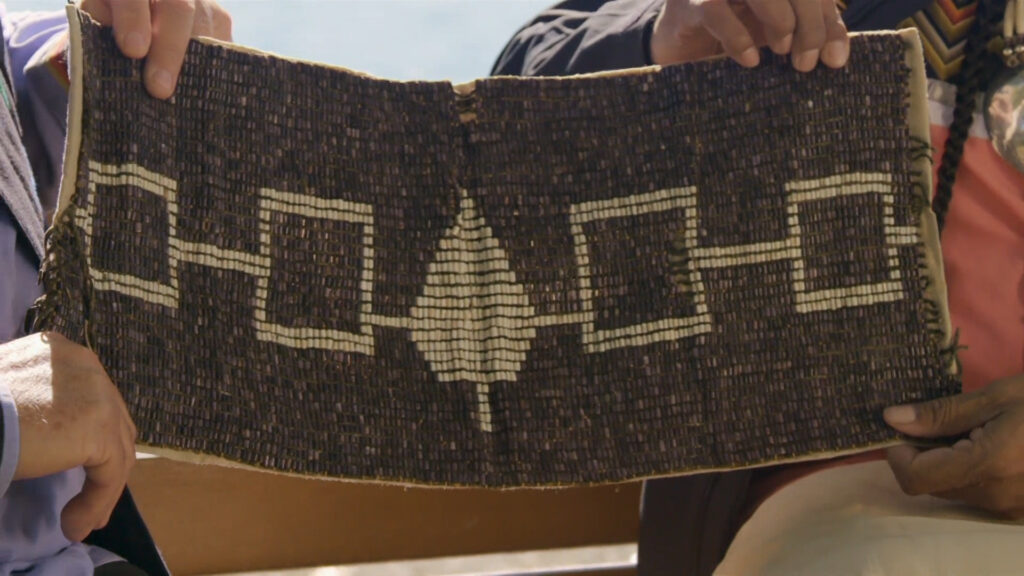Citizenship for 🇵🇷 Borinken nationals
An official website of the Ierahkwa Ne Kanienke government
The Great Law of Peace, known as Gayanashagowa in the Haudenosaunee (Iroquois) language, is the foundational constitution of the Haudenosaunee Confederacy. Established over a thousand years ago, this ancient and profound document laid the groundwork for one of the earliest known forms of democracy in the world. It served not only as a framework for governance but also as a guide for social harmony, justice, and the peaceful coexistence of nations.
The Great Law of Peace is a set of spiritual, cultural, and governmental principles that were established by the Peacemaker, a legendary figure, with the help of Hiawatha, a wise leader. Their mission was to bring an end to years of conflict and bloodshed among the Haudenosaunee nations originally comprising the Mohawk, Oneida, Onondaga, Cayuga, and Seneca tribes. Later, the Tuscarora joined as the sixth nation.
At its core, the Great Law of Peace emphasizes unity, collective decision-making, and respect for all individuals. It outlines a system of governance that includes a Grand Council, made up of chiefs from each nation, who deliberate and make decisions based on consensus. This approach ensures that every voice is heard and that all decisions are made for the common good, reflecting the values of equity, peace, and mutual respect.
The principles enshrined in the Great Law of Peace are widely acknowledged as one of the earliest forms of democratic governance. The system of checks and balances, representative government, and the emphasis on consensus decision-making influenced many modern democratic societies. The founding fathers of the United States, for instance, drew inspiration from the Great Law of Peace when drafting the U.S. Constitution, recognizing its profound wisdom and effectiveness in maintaining peace and order.

Before the establishment of the Great Law, the Haudenosaunee nations were plagued by conflict and warfare. The Great Law of Peace brought an end to this cycle of violence by fostering a culture of peace and unity. Its teachings promoted the idea that all individuals, regardless of their background, should work together towards the common good. This message of peace and unity remains a powerful and relevant concept in today’s world, where conflicts continue to challenge societies globally.
The Great Law of Peace also emphasizes the importance of living in harmony with nature. It teaches that humans have a responsibility to protect the environment and ensure its sustainability for future generations. This principle, often referred to as the “Seventh Generation Principle,” urges leaders to consider the long-term impact of their decisions on the natural world, highlighting the interconnectedness of all living beings.
For the Haudenosaunee people, the Great Law of Peace is not just a historical document but a living constitution that continues to guide their way of life. It helps preserve their cultural heritage, traditions, and language, ensuring that their identity remains strong and vibrant. The Great Law is recited and passed down through generations, serving as a reminder of their values and the importance of maintaining their unique way of life.
In a world where conflicts are often resolved through violence, the Great Law of Peace stands as a testament to the power of dialogue, understanding, and mutual respect. It provides a model for conflict resolution that can be applied to various contexts, encouraging people to seek peaceful solutions and build bridges of understanding.
To learn more about the Great Law of Peace and explore its profound teachings in detail, see more here Great Law of Peace